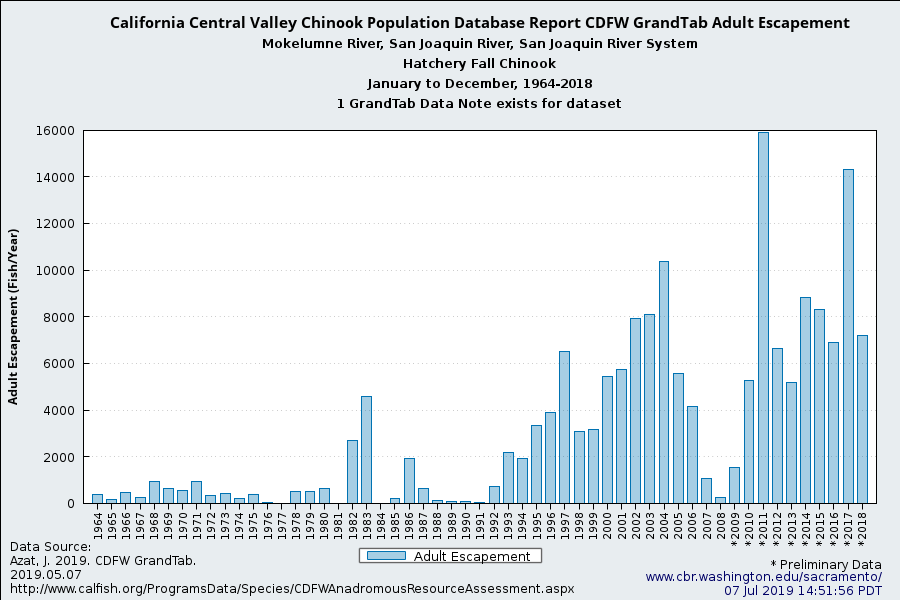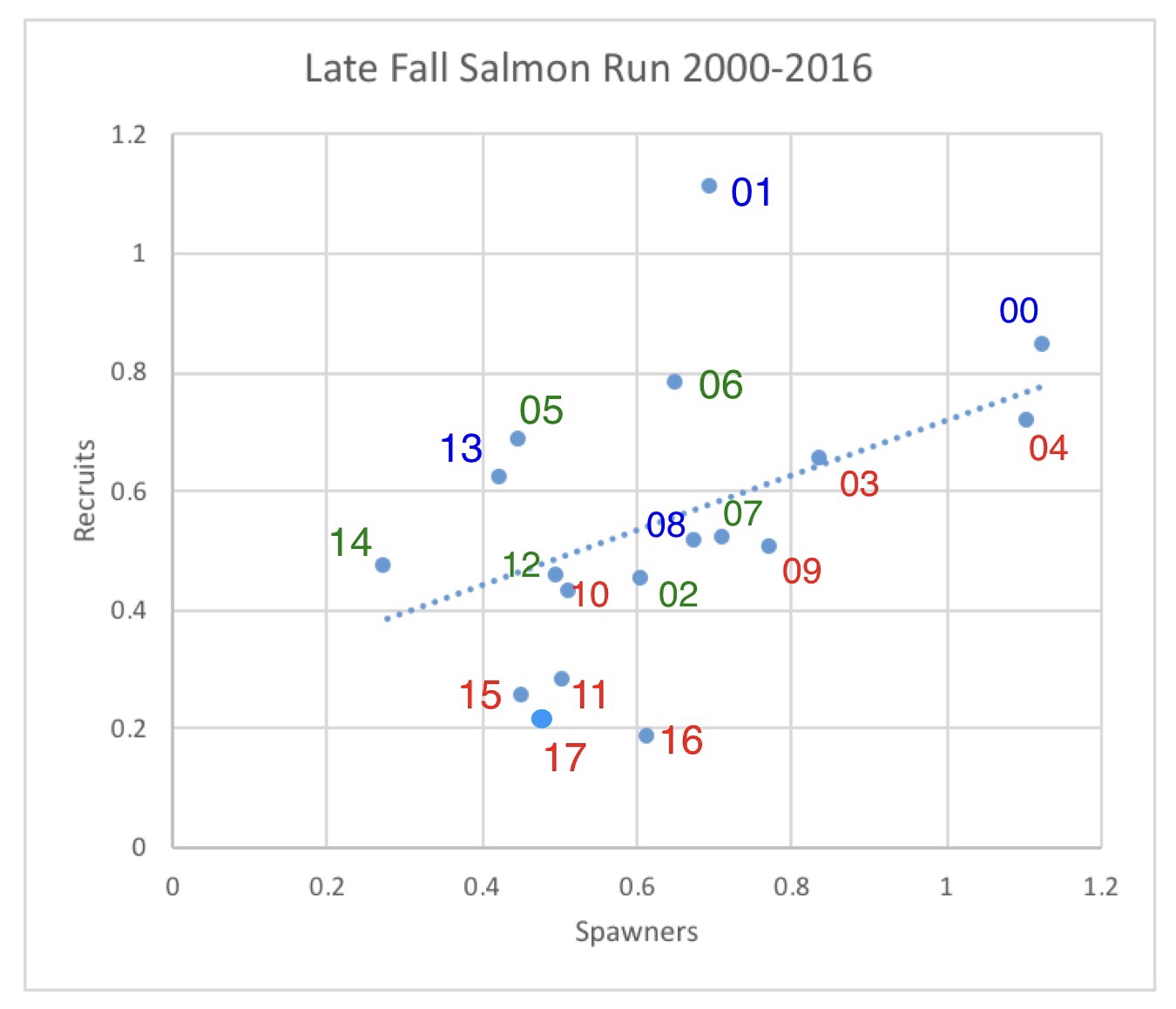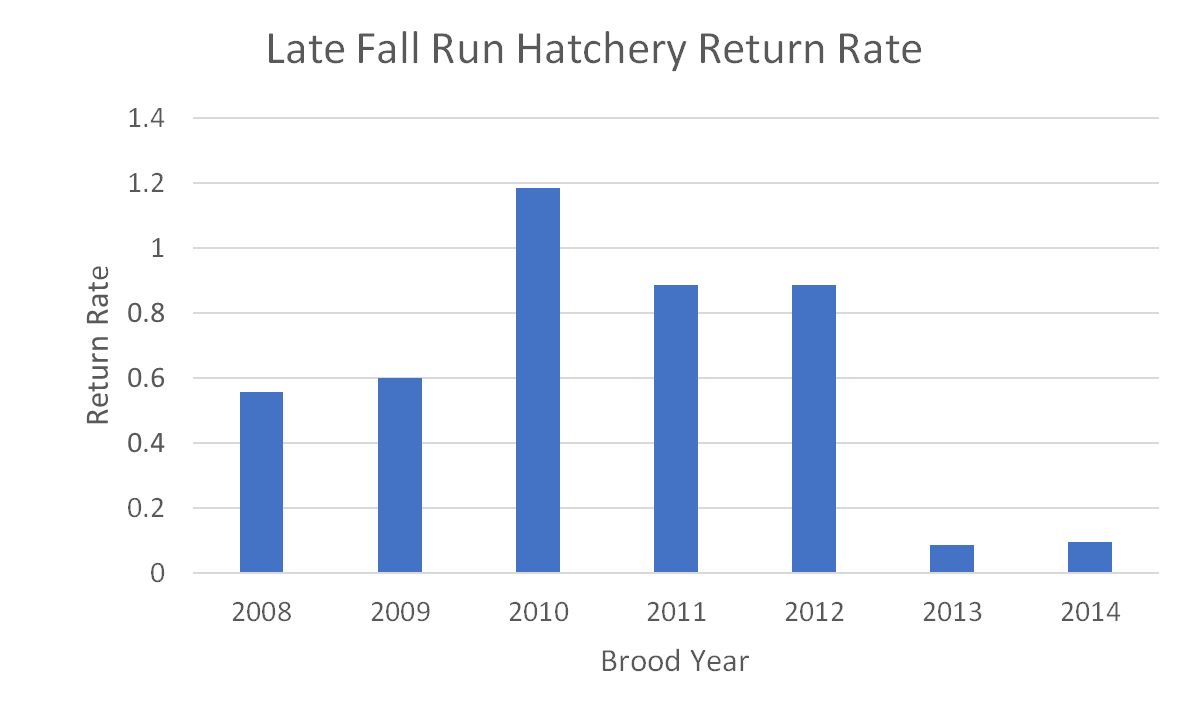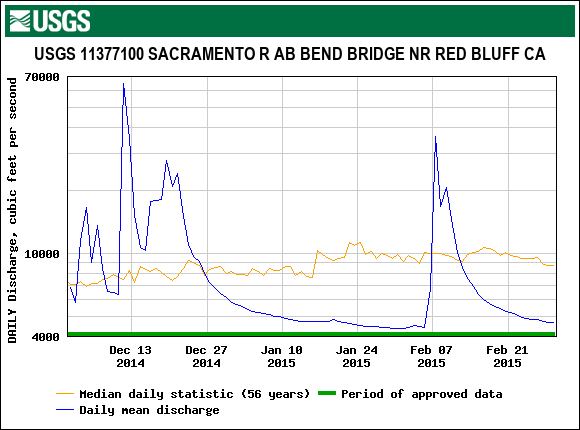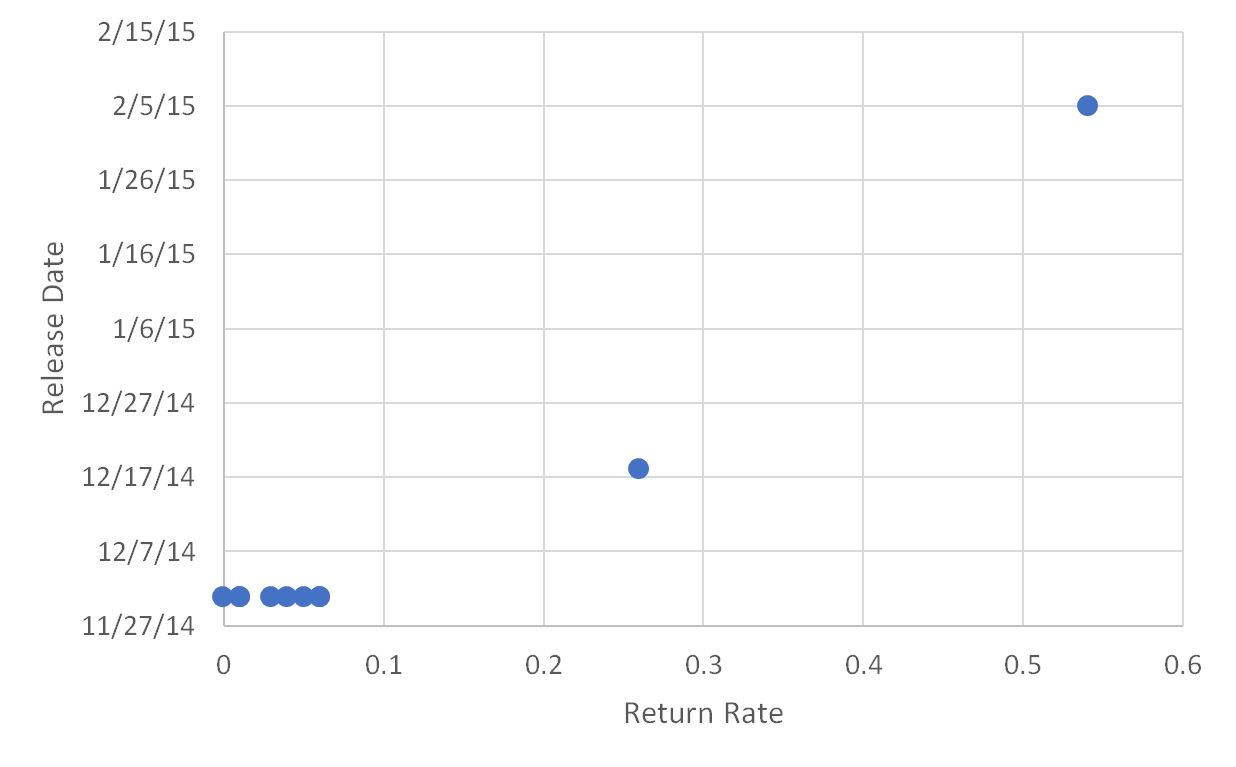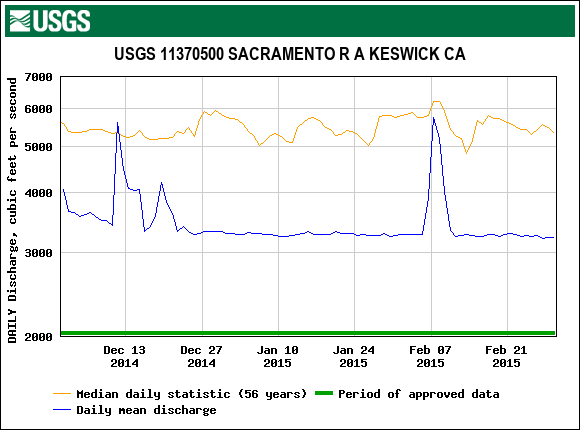In my last post on the status of Feather River fall run salmon in May 2017, I analyzed recruitment through the fall-run in 2016 that included survival of brood years through 2013. In a recent May 2019 post, I discussed the survival of hatchery brood year releases through 2013. After near record low escapement/recruitment in 2008 and 2009, there was a strong recovery from 2010-2014, followed by lower runs in 2015 and 2016 (brood years 2012 and 2013), the product of the 2012-2016 drought. Brood years 2012 and 2013 suffered from poor juvenile river survival of hatchery and wild salmon in critical drought years 2013 and 2014. Overall production was sustained by Bay and coastal hatchery smolt releases (trucking and pen releases).
In this post, I update the status of the run through 2018 with the addition of escapement estimates for the 2017 and 2018 runs. I also provide information on returns of hatchery brood year 2014. In addition, I provide a prognosis for the fall 2019 run.
2017 and 2018 Escapement
Poor river escapement in 2017 (Figure 1) likely reflects poor survival of naturally spawned salmon from fall through spring of critical drought water year 2015. The strong hatchery escapement in 2017 (Figure 2) reflects higher survival of brood-year 2014 hatchery releases. Escapement improved in 2018 with higher river and hatchery contributions from brood year 2015.
Brood Year 2014 Hatchery Survival
Survival estimates based on hatchery coded-wire-tag returns for brood year 2014 (released in spring of critical drought year 2015) were high (3-5%) for coastal releases, good (1-2%) for Bay releases, and poor for river releases (Figure 3). Approximately 6 million smolts were released, of which 4.2 million were released to San Pablo Bay net pens. Of the remainder, 1.6 million were released to the Feather River, 10,356 at Tiburon near the Golden Gate,1 and 331,000 to Half Moon Bay on the coast south of San Francisco.
Prognosis for Brood Year 2016 (Fall 2019 Run)
River flows and Delta outflow conditions were much better in winter-spring 2017, a wet water year, than in 2015, a critical drought year (Figure 4). Hatchery brood year 2016 releases totaled nearly 5 million smolts, with 750,000 released in the Bay, 264,000 to the Golden Gate at Tiburon, and 3.5 million to the Feather River (Figure 5). River natural and hatchery release survival should be good given the wet year conditions. Hatchery Bay release survival should be good given high outflows. All indications look good. “Finally there are larger numbers of big king salmon showing in the upper river on the Sacramento River. … Over on the Feather River flows are great and water temperatures have finally dropped to excellent levels to catch the fresh king salmon migrating towards the Feather River hatchery. More salmon have come through this week than the entire month of August.”2

Figure 1. River spawner estimates 1953-2018.

Figure 2. Hatchery spawner estimates 1964-2018.

Figure 3. Feather River hatchery smolt release survival to adults from 2008-2014 brood years based on coded-wire-tag returns. Data Source: https://www.rmis.org/.

Figure 4. Delta outflow winter-spring 2015-2017.

Figure 5. Brood year 2016 Feather River Hatchery smolt releases spring 2017. Source: https://www.rmis.org/.
- I described the 2013 Tiburon release in a previous post. ↩
- https://sacramentofishing.com/2019/09/08/sacramento-river-fishing-report-8/ ↩

